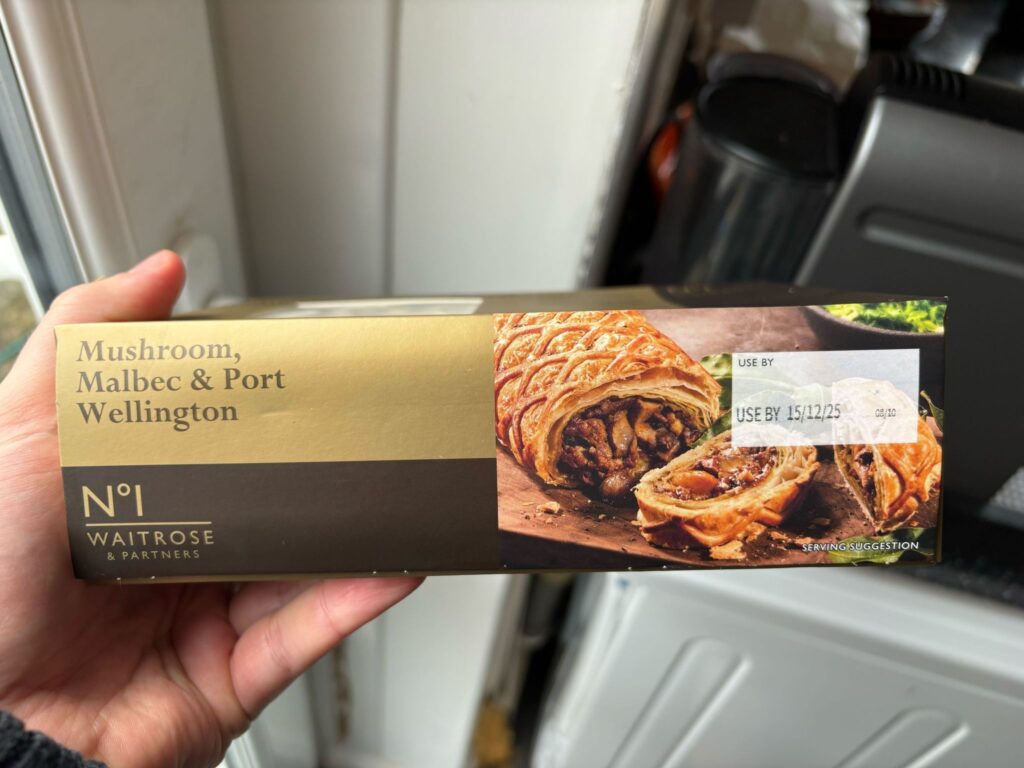From vegoutmag.com
By Jordan Cooper
Ethical veganism goes beyond diet to challenge how we think about animals, justice, and our place in the world
You've probably heard someone say they're vegan "for the animals." Maybe you've said it yourself. But what does that actually mean? And why does it matter beyond personal food choices?
Ethical veganism is more than skipping the steak. It's a moral framework that questions centuries of assumptions about who deserves consideration and why. And whether you're fully on board or just curious, understanding this philosophy helps explain one of the fastest-growing social movements of our time.
The ideas here are reshaping everything from fashion to finance. Let's break down what ethical veganism actually is, where it comes from, and why it's gaining serious traction.
What makes veganism "ethical"
All veganism involves avoiding animal products. But ethical veganism specifically roots that choice in moral philosophy. The core idea is straightforward: animals are sentient beings capable of suffering, and that capacity for suffering gives them moral worth.
This means ethical vegans aren't primarily motivated by health benefits or environmental concerns, though those often come along for the ride. The driving force is a belief that exploiting animals for food, clothing, entertainment, or testing is fundamentally unjust. It's about extending the circle of moral consideration beyond our own species.
The philosophical roots run deep
Ethical veganism didn't appear out of nowhere. It builds on centuries of philosophical thinking about animals and morality. Peter Singer's 1975 book "Animal Liberation" is often credited with launching the modern movement. Singer argued that ignoring animal suffering simply because they're not human is a form of discrimination he called "speciesism."
Tom Regan took a different approach, arguing that animals have inherent rights regardless of their utility to humans. More recently, philosophers like Gary Francione have pushed for complete abolition of animal use rather than incremental welfare reforms.
These aren't just abstract academic debates. They shape real-world activism, legislation, and how millions of people make daily choices. The philosophy gives the movement its backbone.
Beyond the plate
Here's where ethical veganism gets interesting. It's not just about what you eat. True ethical veganism extends to every area of life where animals might be exploited.
That means no leather shoes, wool sweaters, or silk scarves. No circuses with animal acts, no marine parks with captive dolphins. No cosmetics tested on animals. Even investments get scrutinized for connections to animal agriculture or testing.
This comprehensive approach can seem overwhelming at first. But ethical vegans view it as consistency rather than extremism. If the core belief is that animal exploitation is wrong, then it should apply across the board. The diet is just the most visible piece of a much larger puzzle.
The behavioural science angle
What's fascinating from a behavioural perspective is how ethical veganism rewires decision-making. Research on moral psychology shows that once people expand their circle of moral concern, it tends to stay expanded.
There's also interesting work on moral consistency. Humans are generally motivated to align their actions with their stated values. When someone adopts an ethical framework that includes animals, the discomfort of violating that framework becomes a powerful motivator. It's not willpower. It's identity.
This helps explain why ethical vegans often report that the lifestyle feels easier over time. The initial adjustment is real, but once the moral framework clicks into place, choices become almost automatic.
Critics and counterarguments
No philosophy exists without pushback, and ethical veganism has plenty of critics. Some argue that plants may also have forms of awareness we don't understand. Others point to indigenous cultures where animal use is deeply integrated with sustainable living.
There are also practical objections about food deserts, economic access, and medical necessity. These are legitimate concerns that the movement continues to grapple with. Most ethical vegans acknowledge that perfection isn't the goal. Reducing harm as much as practically possible is.
The strongest critiques often come from within the movement itself, debating tactics, priorities, and how to build a more inclusive approach. These internal conversations are signs of a maturing philosophy.
Final thoughts
Ethical veganism asks a simple but uncomfortable question: if we believe unnecessary suffering is wrong, where do we draw the line on who counts? The answer has implications that ripple outward into law, economics, and culture.
You don't have to agree with every aspect of the philosophy to find value in the question. I remember the first time I really sat with it, turning the idea over like examining a record I wasn't sure I wanted to buy. Eventually, I did.
Whether ethical veganism represents the future of human morality or just one perspective among many, it's clearly not going away. The number of vegans worldwide continues to grow. Understanding the philosophy behind the movement helps us engage with one of the more interesting ethical conversations of our time.
https://vegoutmag.com/lifestyle/gen-bt-ethical-veganism-explained-the-philosophy-changing-the-world/
are sentient beings capable of suffering, and that capacity for suffering gives them moral worth.










